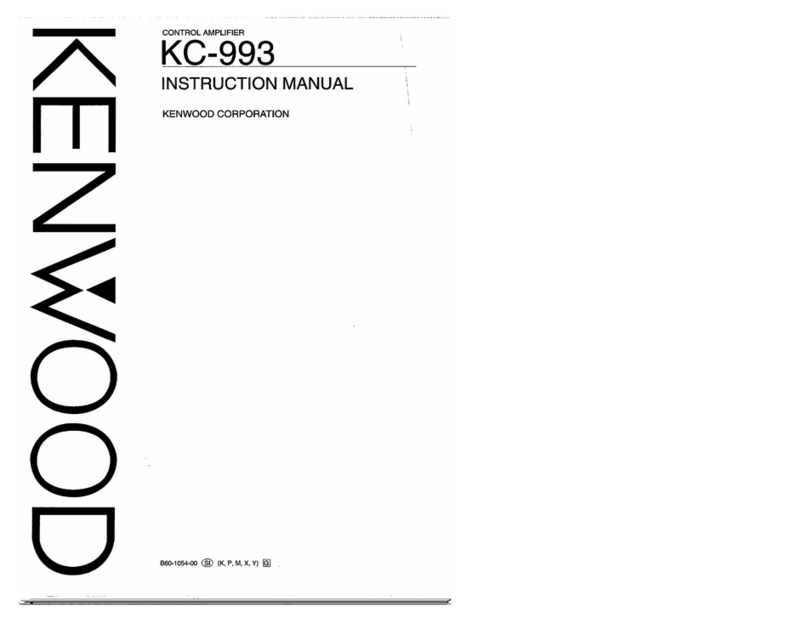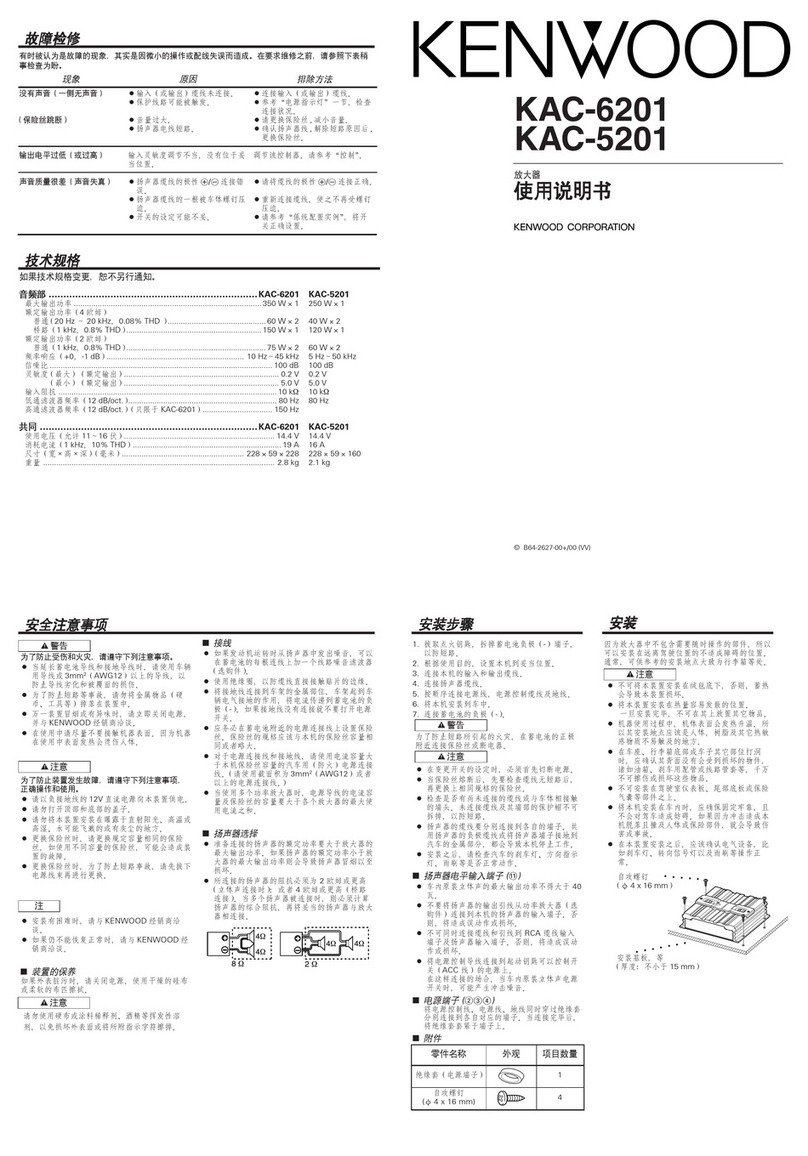Kenwood KA-6100 User manual
Other Kenwood Amplifier manuals
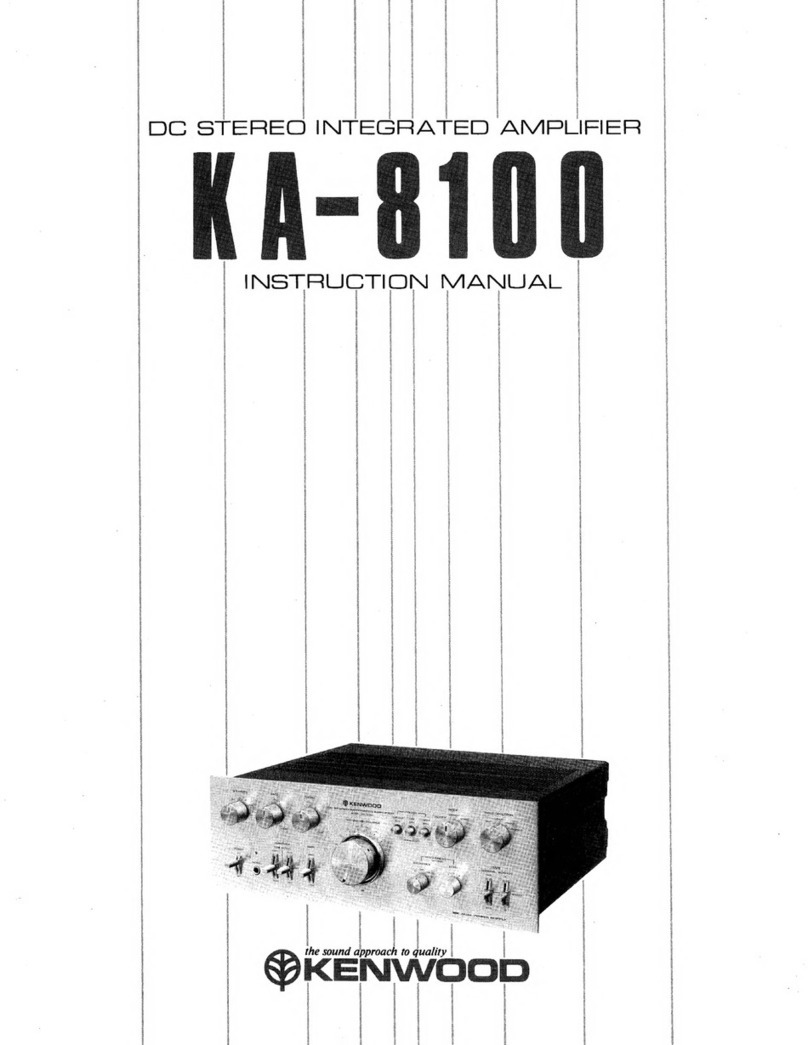
Kenwood
Kenwood KA-8100 User manual
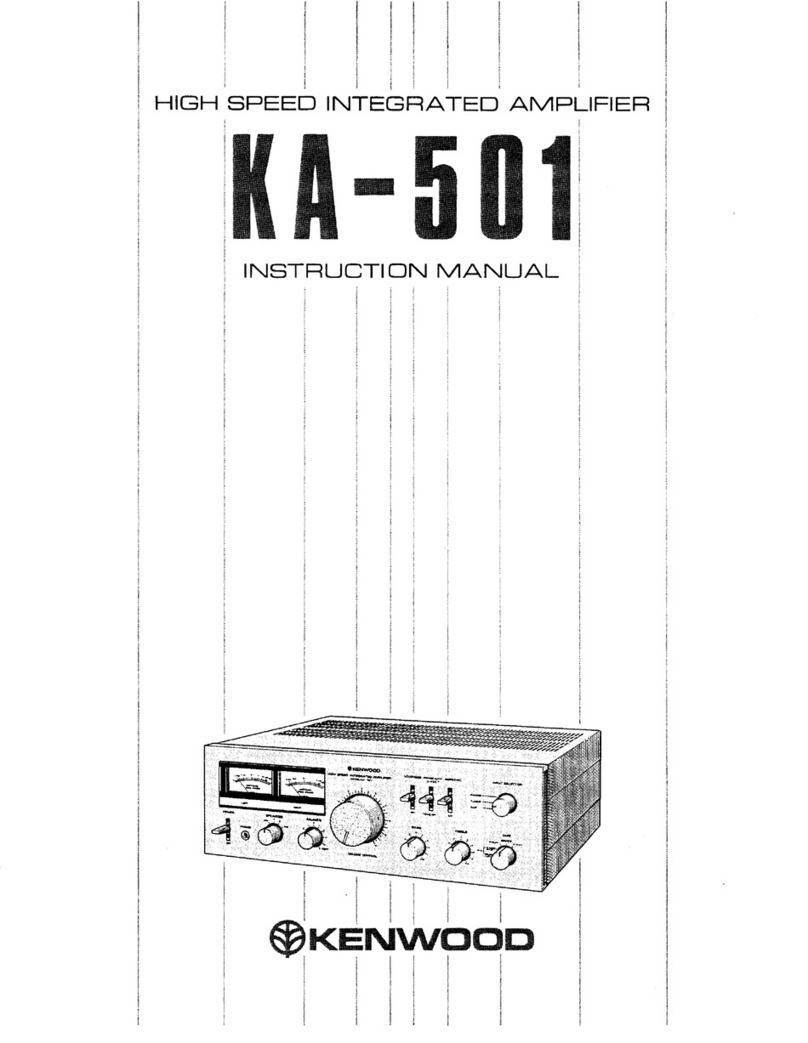
Kenwood
Kenwood KA-501 User manual

Kenwood
Kenwood KAGX650D User manual

Kenwood
Kenwood L-1000C User manual

Kenwood
Kenwood KAC-820 User manual
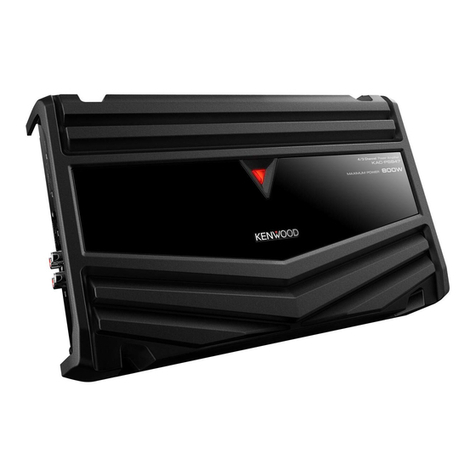
Kenwood
Kenwood KAC-PS847F User manual

Kenwood
Kenwood Sovereign MX-5000 User manual
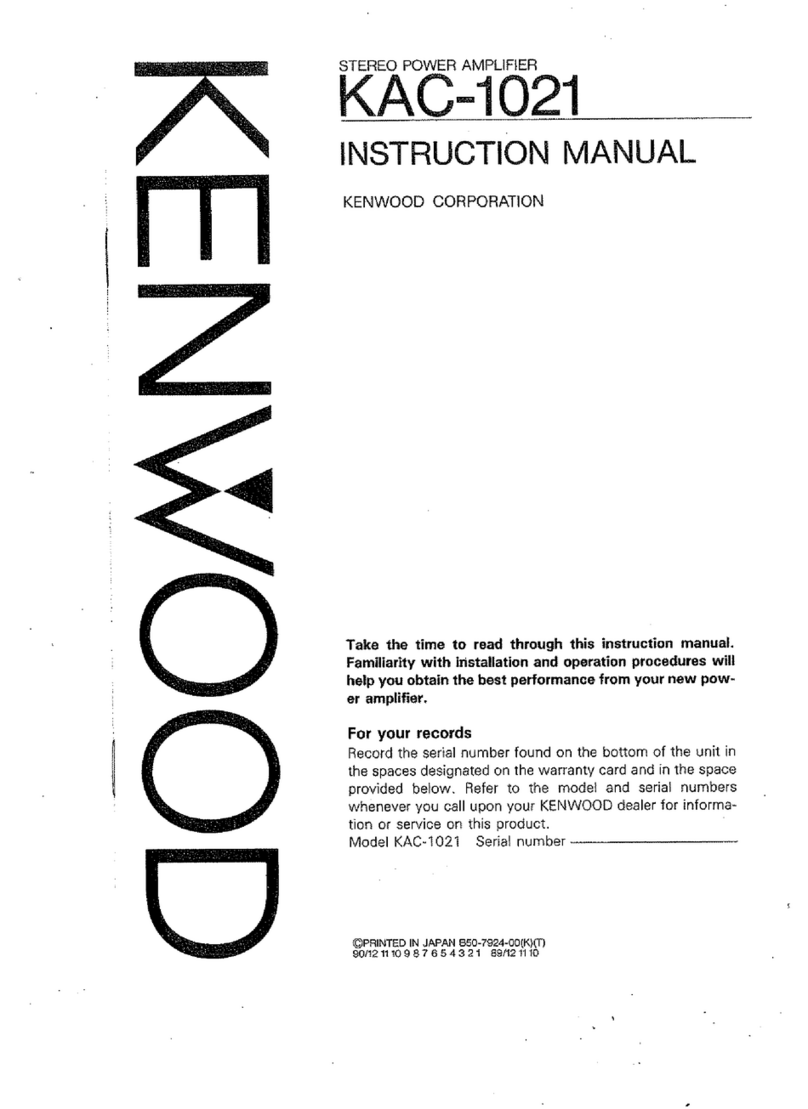
Kenwood
Kenwood KAC-1021 User manual

Kenwood
Kenwood KAC X20 - eXcelon Amplifier User manual
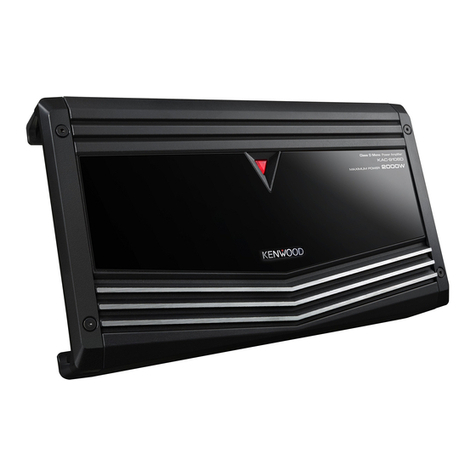
Kenwood
Kenwood KAC-9106D User manual
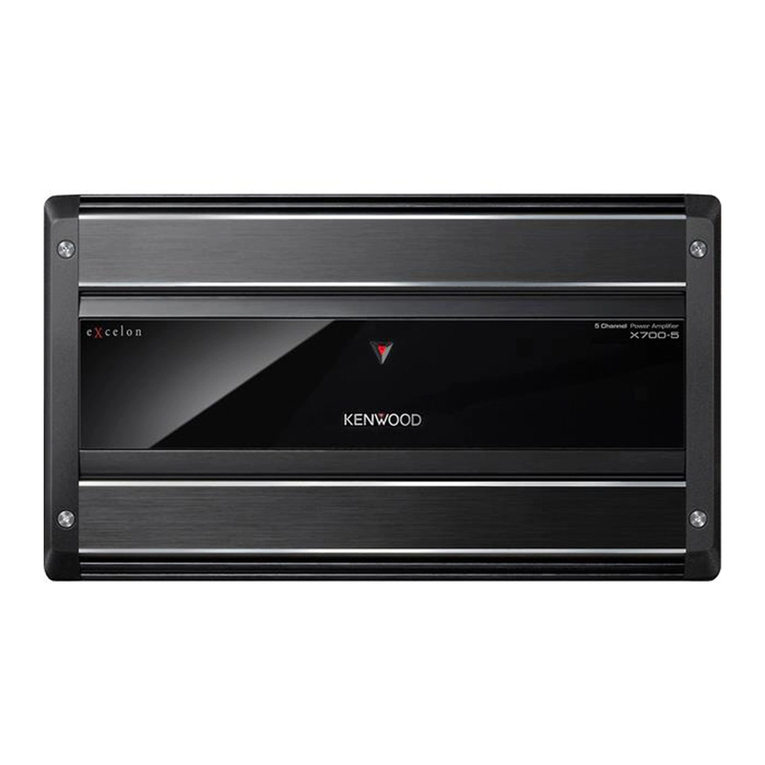
Kenwood
Kenwood X700-5 User manual
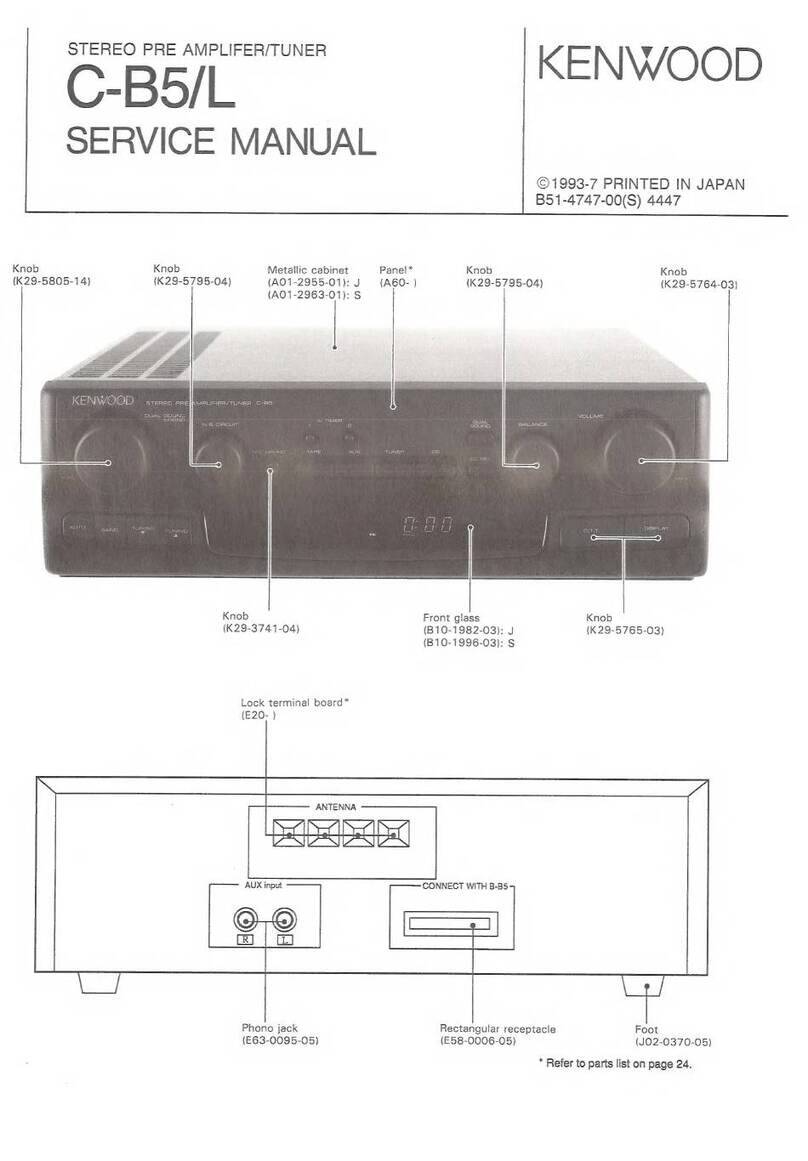
Kenwood
Kenwood C-B5L User manual
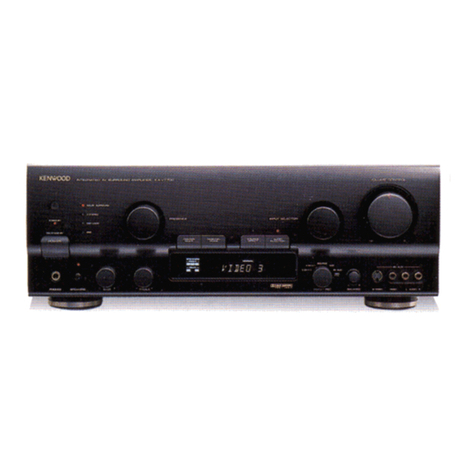
Kenwood
Kenwood KA-V7700 User manual
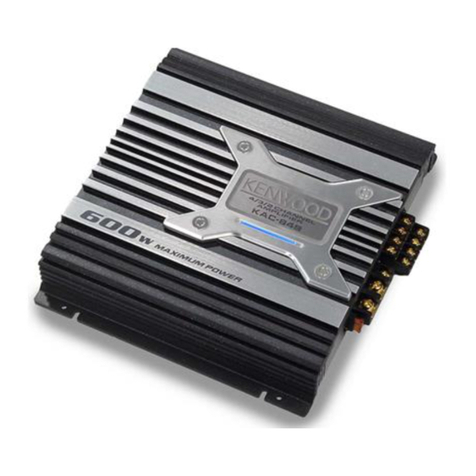
Kenwood
Kenwood KAC-849 User manual

Kenwood
Kenwood KAC-7404 User manual
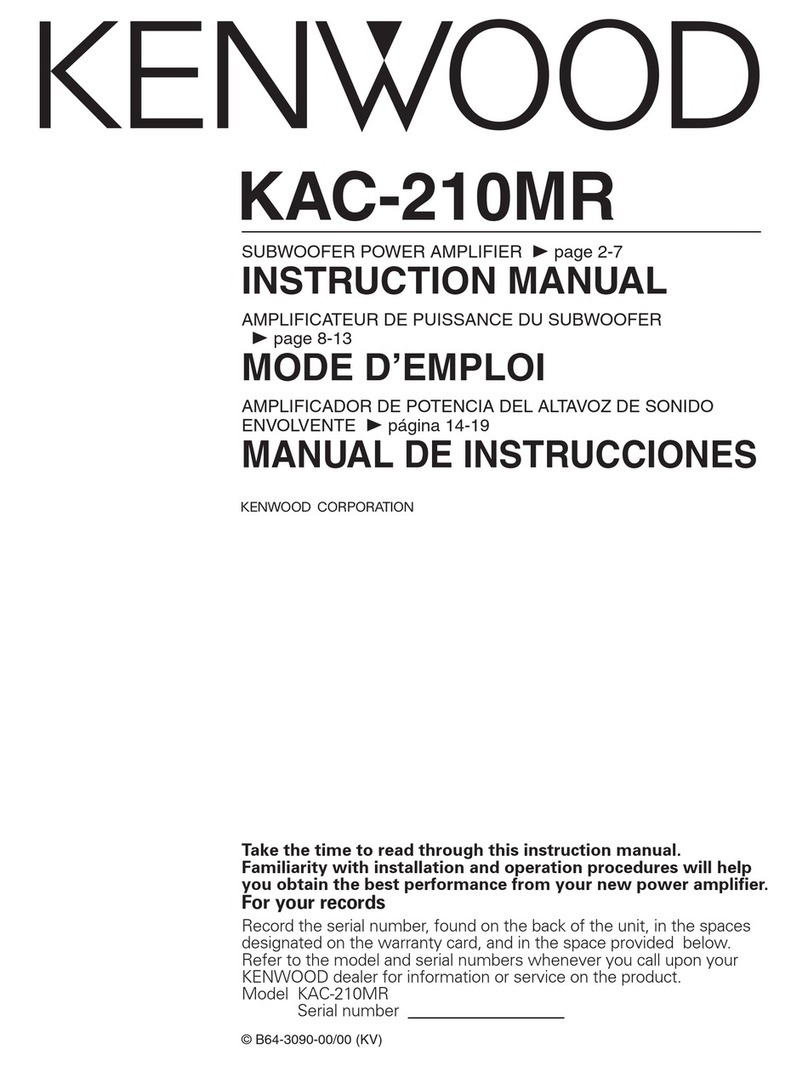
Kenwood
Kenwood KAC-210MR User manual

Kenwood
Kenwood A-83 User manual

Kenwood
Kenwood KA-1100D User manual
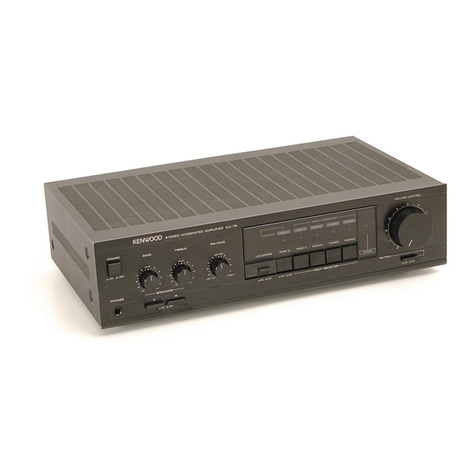
Kenwood
Kenwood KA-76 User manual

Kenwood
Kenwood KAC-848 User manual
